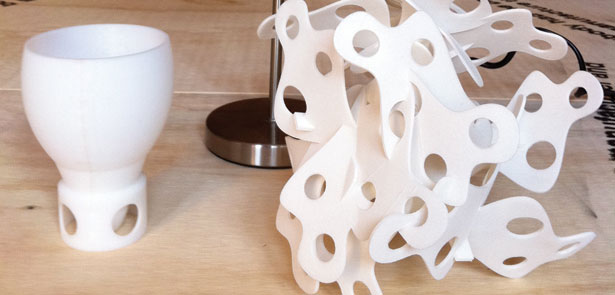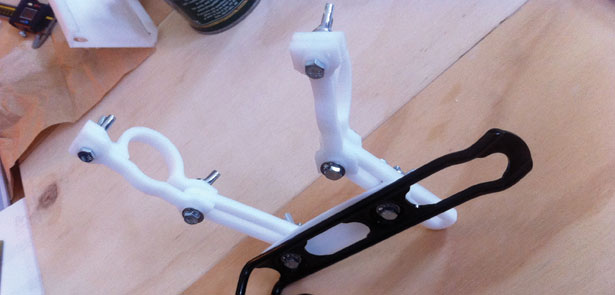The Next Big Thing – 3D Printing


3D printing is no longer confined to the realms of science fiction: it’s a reality. Dr Paul Smith – one of the UK’s leading consultants on this revolutionary technology – admits to being “obsessed” with 3D printing and has dedicated the past 15 years to developing it. He talks to The Business Moment about the exciting developments
WHAT IS IT?
3D printing is an additive form of production, so it deposits material selectively and builds objects in layers. The analogy would be a piping bag of icing – if you piped out a circle onto a flat surface, you’ve got a ring. If you then pipe another circle and do that a hundred times, you’ve got a cylinder. The process is synonymous with regular desktop printers. You have a computer- aided design (CAD) model, which you send to your printer, and it will create that object for you. Principally the technology uses plastics and metals, and some ceramics as well.
WHAT SORT OF THINGS CAN BE PRINTED?
Initially these machines were expensive and large format, so it was mainly industries like aerospace that invested in the technology, building components for planes using just the amount of material needed without wastage. F1 teams also use them quite a lot to build non-structural parts, such as air intakes, or things that are conformal so that you can build and mould around a driver and tailor to specific racers. But you can get everything from furniture, to lighting products, to dental crowns. You can get implants mapped to your facial work, so let’s say for instance you have an accident and your jaw is smashed to pieces, a physical scan of your face could be used to design a perfect replacement and then printed in 3D.
WHAT DOES 3D PRINTING MEAN FOR THE FUTURE?
It is a disruptive technology and could upset the traditional mass manufacturing route. It means you can customise objects per person on a large industrial scale, because it won’t really add cost or time to your production process, whether you’re making one thing or a hundred things in a printer. Hearing aids are a good example of a mass customised product. With 3D printing you don’t need a tool, so there are far less restrictions. Your geometries can also be more complex, and you can optimise your part, for example, to cut down on material without having to make any additional tools or incur extra costs. It also offers the opportunity for much cheaper in-house development; so you could use it as part of your design process more, potentially producing better products. We’ll probably also see point of sale production for certain things. The machines are small enough, it’s potentially rapid enough, and there’s already a market in electronic fashion things such as iPhone cases, so why not produce these things at point of sale? There are also really exciting projects going on at the moment, such as research into 3D printed houses. The idea is that you can autonomously drop these machines into situations where cheap quick housing is needed and it will just build them. What we are also seeing a little bit at the moment is a kind of phenomenon called open design which is about the distribution of the knowledge and the data needed to make an object a thing. So if I design something in a CAD package and then I post that information on a platform you can freely download it and print it on your own machine – now that’s an interesting situation! There is currently a project called the Wiki Weapon Project in the US where a group called Defence Distribution have created designs for the first 3D gun to be printed, and that’s another side to it.
HOW MUCH DOES IT COST?
It absolutely depends on the materials, process and complexity of the object. If you wanted to print something about the size of an iPhone lets say, you would probably pay about £100-£150. Having said that you wouldn’t want to do that because it’s not really exploiting the technology. As patents on technologies lapse then people are able to develop better and better machines that are cheaper and cheaper. And they’re coming down. I think the cheapest is around £1,200, but people are aiming for about £400 per machine. And when that happens, it’s a gadget.















